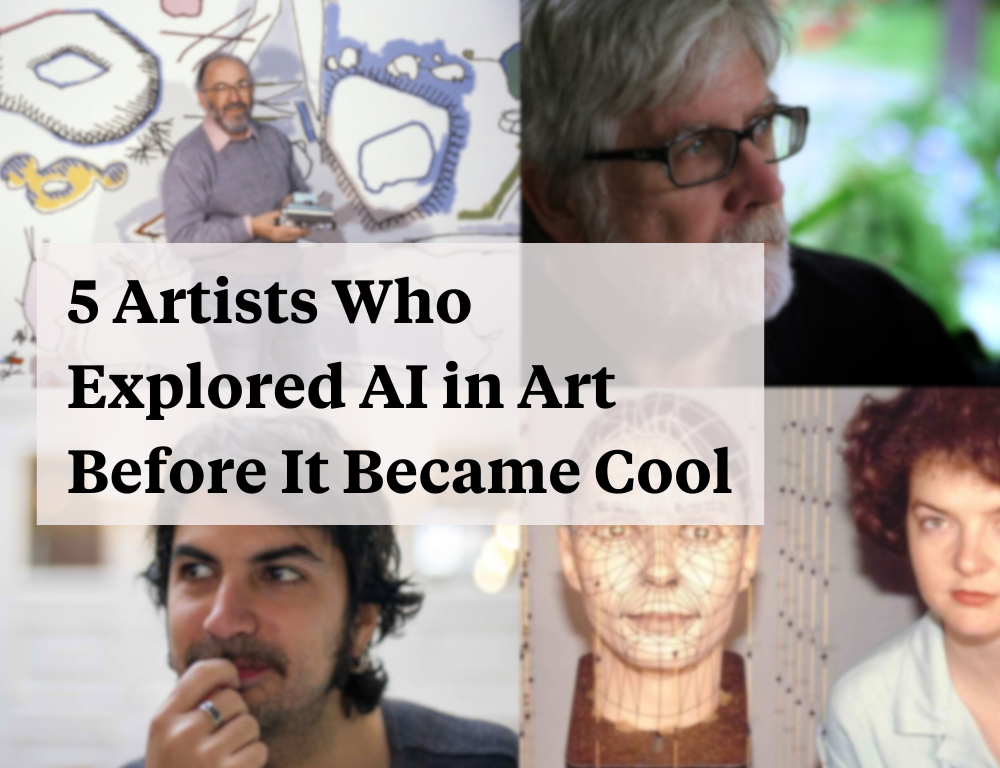
Art and technology have always shared a unique relationship, with advancements in technology often shaping new artistic expressions. For example, camera obscura allowed artists to simply trace lines and shapes from a protected image onto their canvas. Or Printmaking Press that revolutionized the dissemination of knowledge and artistic works.
Artificial intelligence (AI) is no exception, and its impact on the art world has been revolutionary. While AI-generated art has gained significant popularity in recent years, several visionary artists began experimenting with AI long before it became a mainstream phenomenon.
These visionary artists dared to venture into uncharted territory, delving into the realm of AI. And pushing the boundaries of traditional artistic practice. Their early explorations not only challenged established notions of creativity but also paved the way for a new era of collaboration between humans and machines. By harnessing the power of AI algorithms, machine learning, and neural networks. These artists embarked on a journey that would forever alter the landscape of art.
In this blog post, we will delve into the remarkable works of five such artists who embraced AI in their art long before it became commonplace. Join us as we explore the artistic journeys of Harold Cohen, David Cope, Rebecca Allen, Memo Akten, and Mario Klingemann.
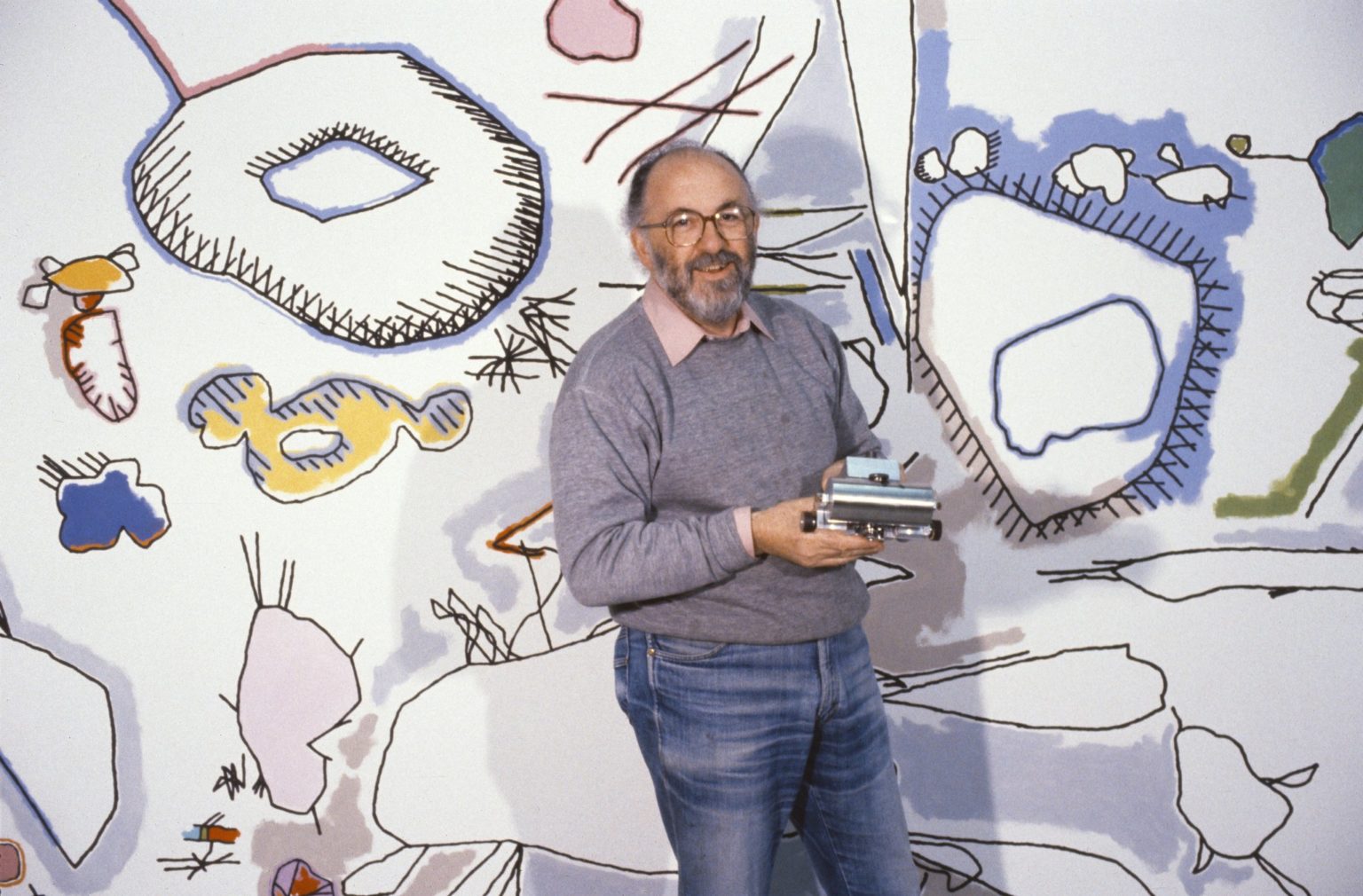

“I’ve always thought of my goal as program autonomy rather than creativity.”
(1928-2016) was a British artist and professor renowned for his work in AI-generated art. In the early 1970s, Cohen developed a program called “AARON,” which was designed to autonomously create art. AARON used complex algorithms and rules programmed by Cohen to generate abstract compositions. It could adapt and learn from its previous creations, making each artwork unique.
Cohen’s goal with AARON was to challenge traditional notions of art creation and authorship. He wanted to explore the creative potential of machines and how they could be considered artists in their own right. AARON’s artworks often featured colorful geometric patterns and organic shapes, reflecting Cohen’s interest in the intersection of art and technology.
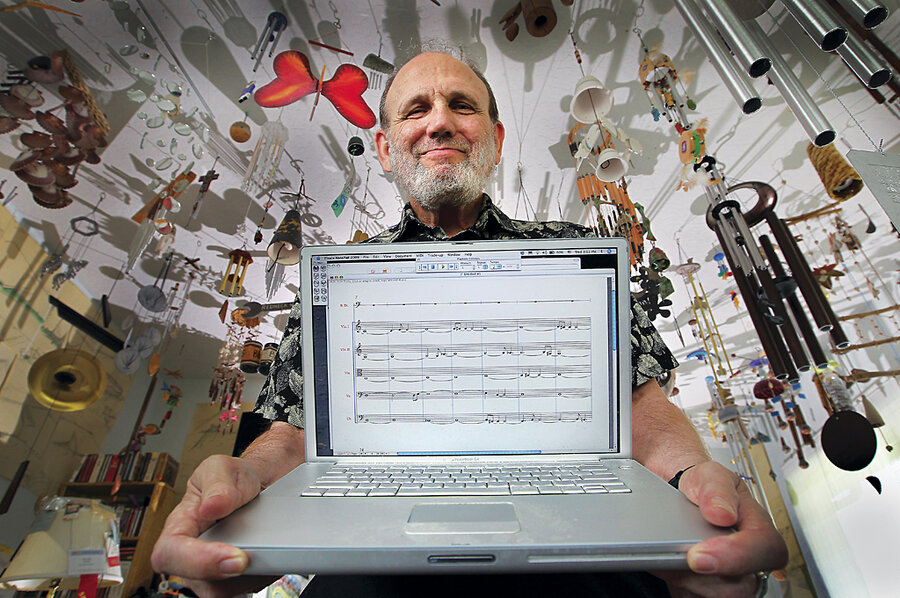
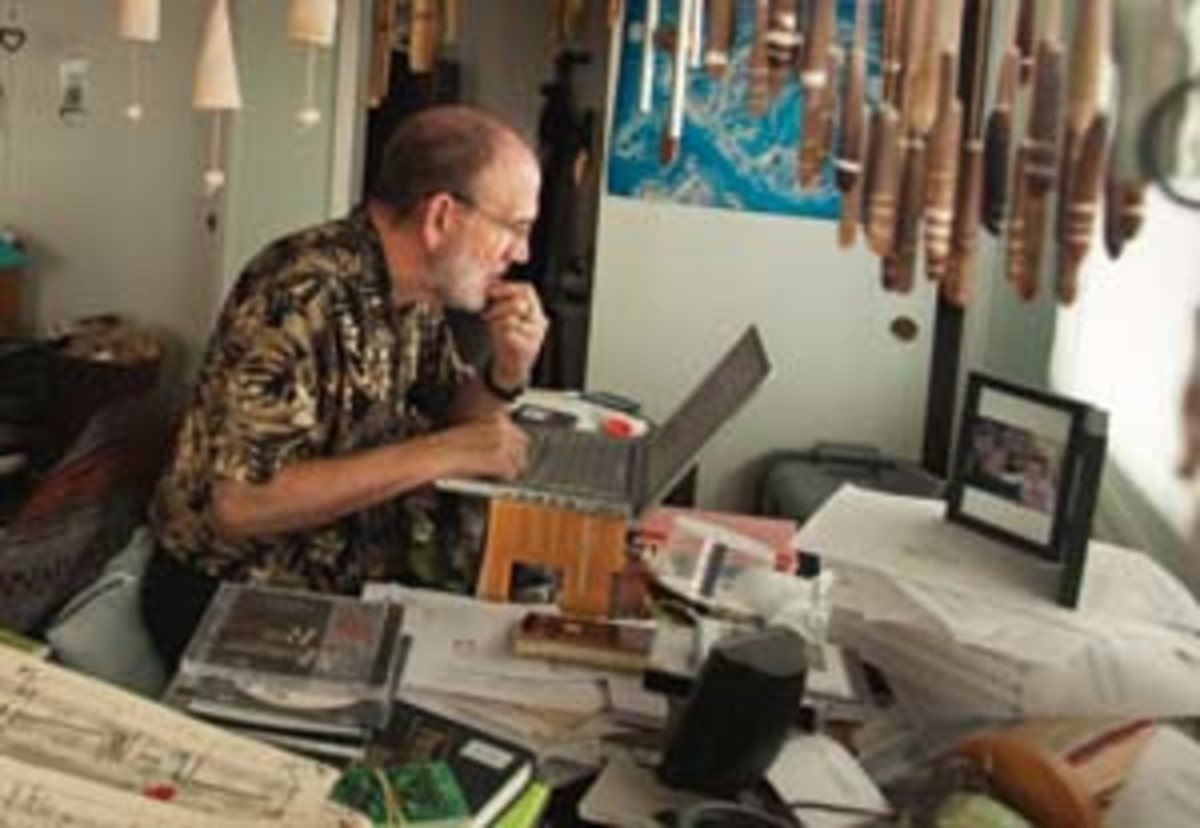
“An algorithm is a step-by-step recipe for achieving a specific goal”
David Cope (born 1941) is a composer and professor of music who delved into the intersection of AI and music composition. In the 1980s, Cope developed an AI system called “Emmy.” Emmy was designed to analyze existing musical compositions and generate new pieces in a similar style.
Cope’s motivation for creating Emmy was to explore the limits of machine creativity and challenge the notion of “authentic” artistic expression. He aimed to demonstrate that AI could mimic human creativity and compose music that could be indistinguishable from works by human composers. Cope’s work with Emmy showcased the potential of AI in expanding the possibilities of music composition.
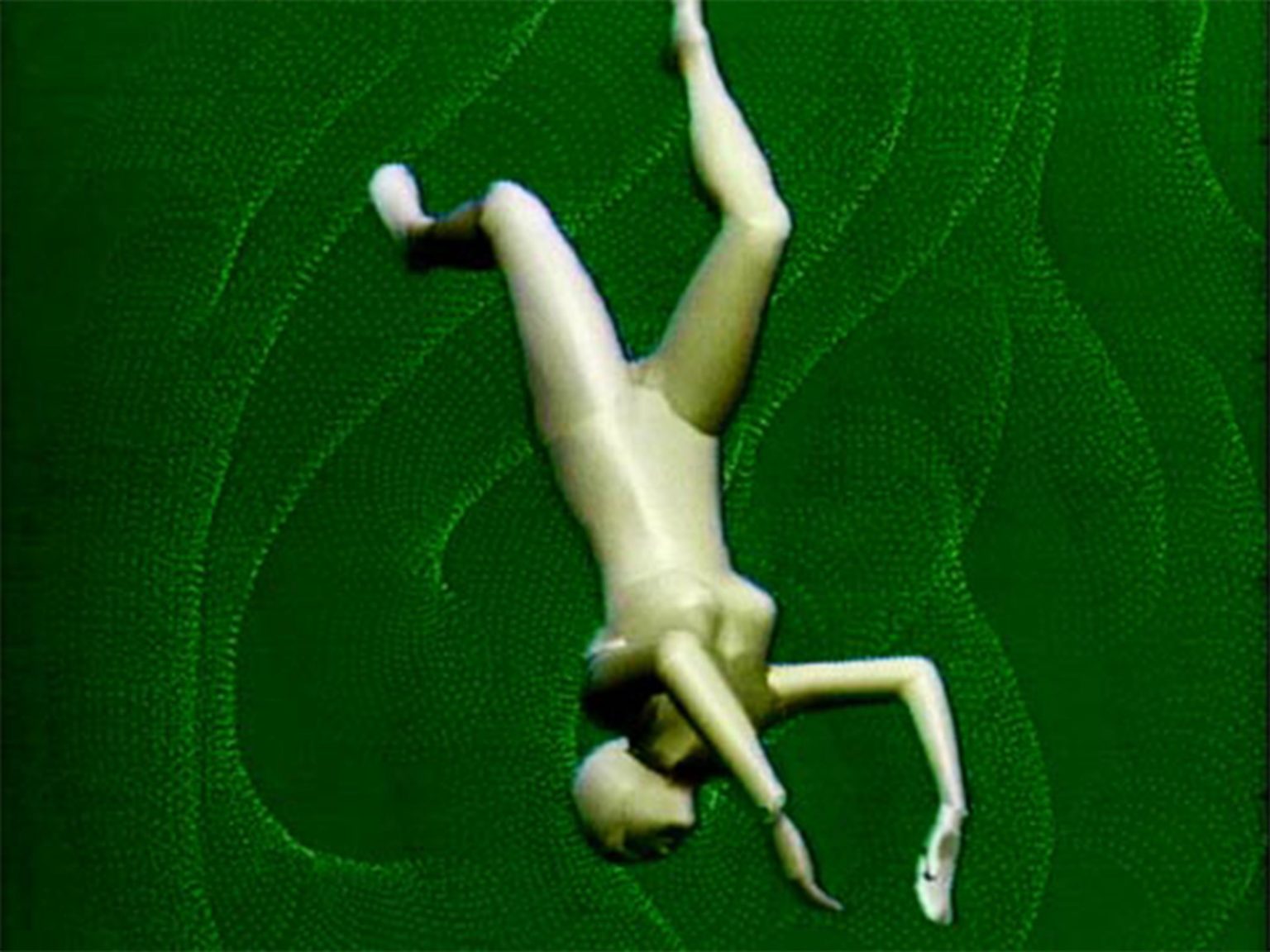
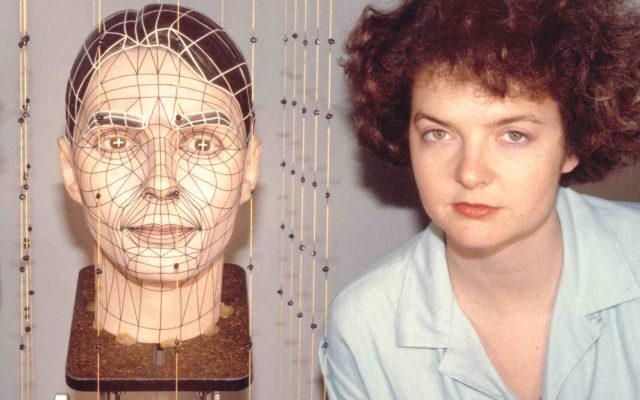
“I would not describe myself as a programmer but rather as a technology expert.”
Rebecca Allen is an American artist who has been at the forefront of incorporating AI into visual arts since the 1980s. She collaborated with computer scientists and mathematicians to create innovative artworks using AI algorithms. Allen’s work spans various mediums, including generative art, virtual reality, and interactive installations.
Allen’s projects explore the fusion of technology, perception, and artistic expression. She often employs AI algorithms to generate dynamic visual compositions that evolve or respond to human interactions. By incorporating AI, Allen pushes the boundaries of traditional art forms and challenges viewers’ perceptions of what art can be.
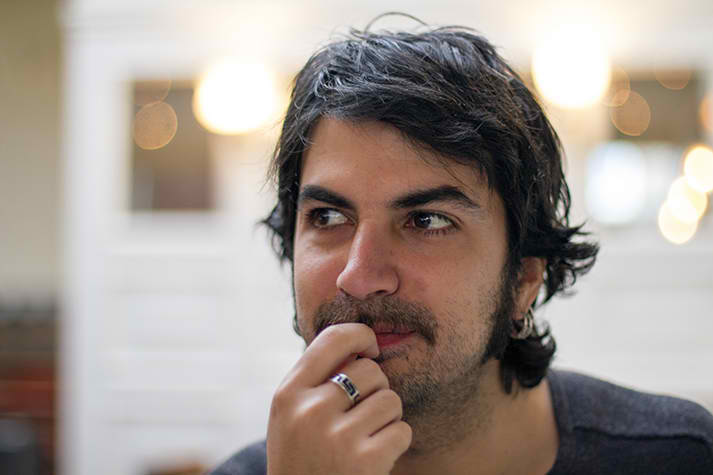
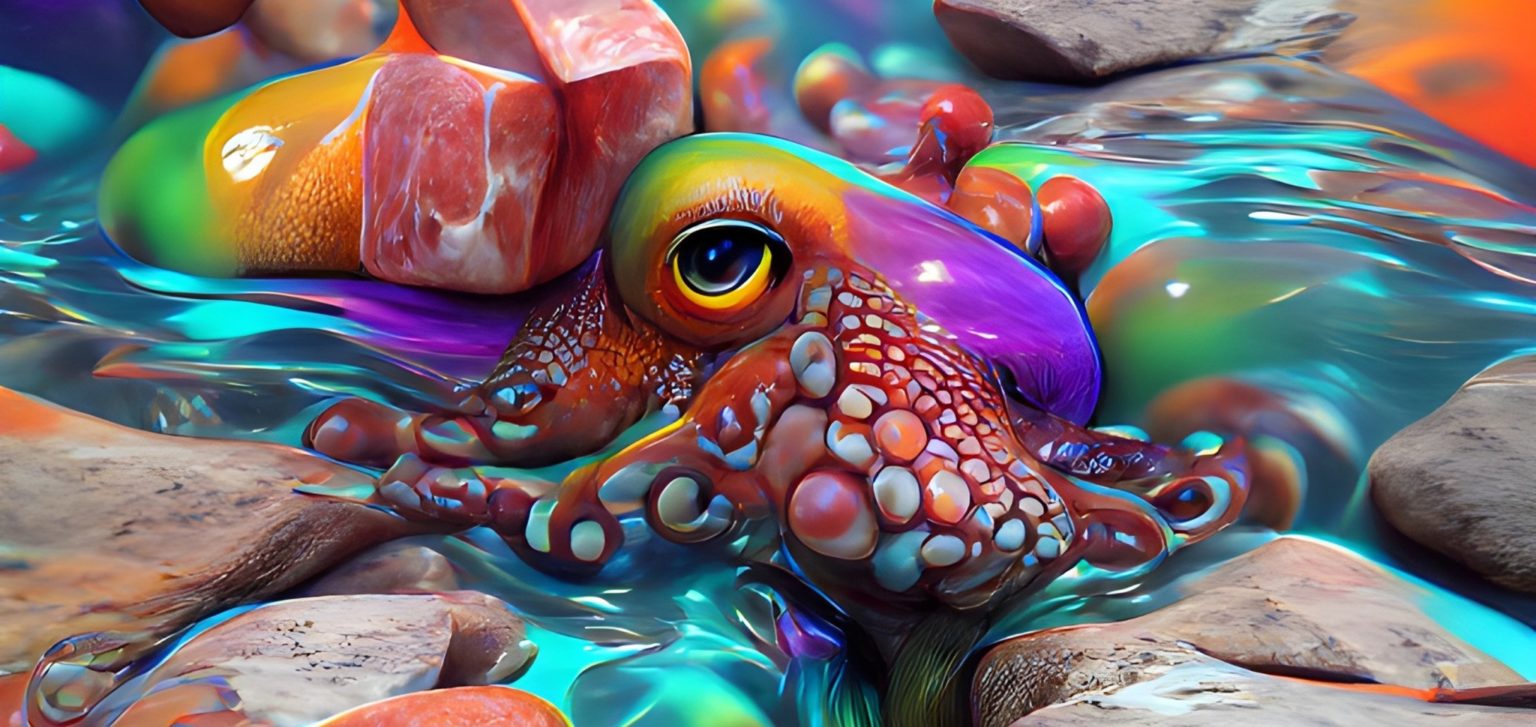
“We see things not as they are, but as we are”
Memo Akten is a Turkish-born artist and AI researcher known for his pioneering work in combining machine learning, computational creativity, and visual arts. Akten’s projects involve creating AI systems that analyze and interpret data to transform it into visual and sonic experiences. He blurs the line between human and AI collaboration, raising questions about creativity, consciousness, and the role of technology in art.
Akten’s interactive installations often invite viewers to engage with the artwork in novel ways. His AI systems can generate real-time visualizations based on live data feeds or interpret body movements to create immersive experiences. Through his work, Akten explores the creative potential of AI and its ability to amplify artistic expression.


“Words behave like pixels and sentences like pictures”
Mario Klingemann is a German artist and AI researcher recognized for his groundbreaking AI-generated artworks. Starting in the early 2000s, Klingemann began experimenting with deep learning and neural networks as creative tools. His work often involves manipulating existing images or datasets to generate new and thought-provoking visual compositions.
Klingemann’s artworks showcase the potential of AI as a tool for augmenting artistic expression. He explores the interplay between human intent and machine algorithms, often using AI to uncover hidden patterns or generate unexpected artistic results. Klingemann’s work challenges traditional artistic processes and encourages viewers to reflect on the relationship between technology and creativity.
By harnessing the power of AI algorithms, machine learning, and neural networks. These artists embarked on a transformative journey that forever altered the landscape of art. These artists’ groundbreaking works showcased the potential of AI to push the boundaries of artistic expression. While blurring the line between human and machine creativity, and challenging traditional artistic processes. As we continue to witness advancements in AI technology. Their contributions remind us of the profound impact that AI can have on the artistic world, shaping new possibilities and opening doors to unprecedented artistic experiences.
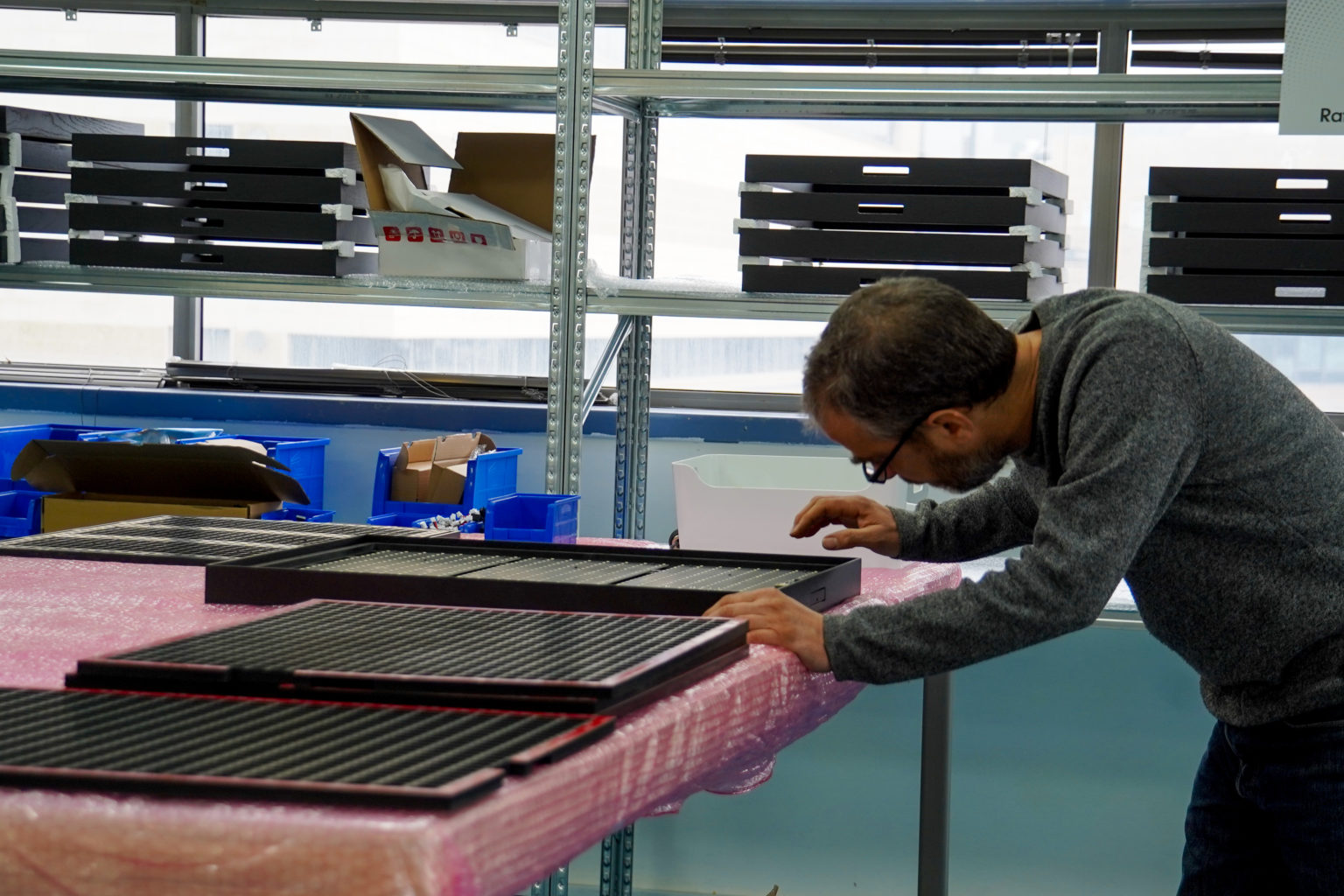
Motiva R&D
At Motiva, we are committed to staying at the forefront of technological advancements and innovation. While we may not specialize in AI, we recognize the transformative power of various cutting-edge technologies. That includes AI, in shaping different industries, such as art. Motiva uses avant-garde technology to create a new kind of visual art. It is aimed to bridge the worlds of traditional visual art and modern technological innovation, bringing together the old and the new.
At Motiva, we remain open to exploring and understanding various technological advancements, seeking insights that can enrich our understanding of the evolving landscape of art and technology. Our commitment to innovation drives us to remain informed about the latest trends and developments, ensuring that we continue to deliver forward-thinking solutions and embrace emerging possibilities across industries.